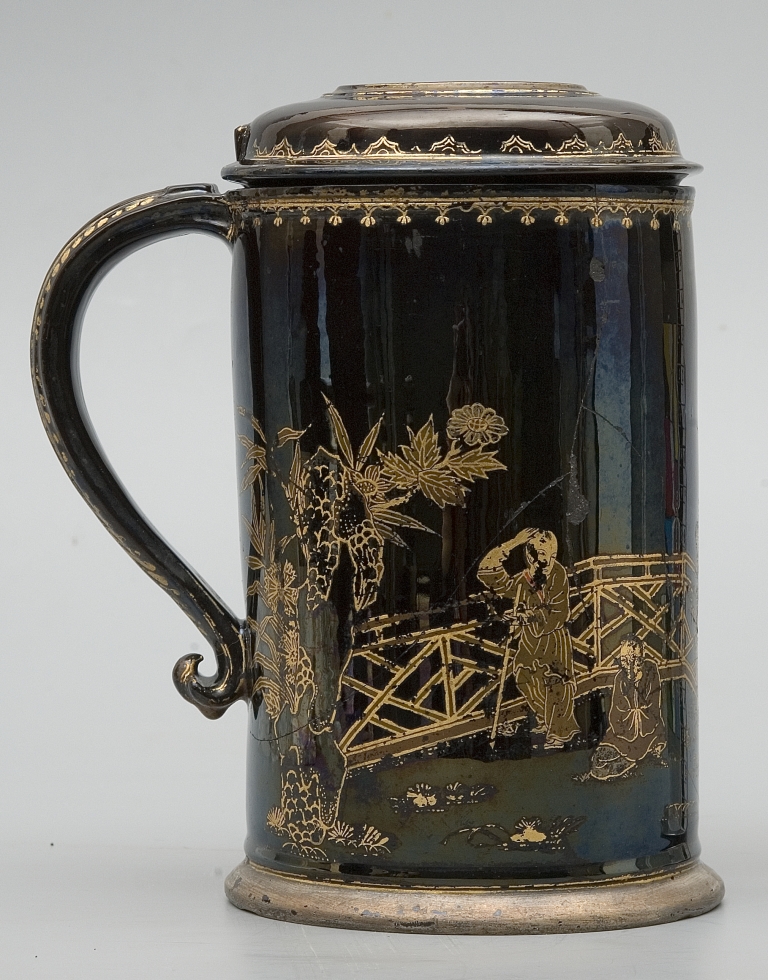
Although today water seems to be the most natural drink, it had very few fans in old Poland. The Frenchman Hubert Vautrin claimed that "if Poles still lived in the wild state, water from swamps would be enough to quench their thirst. But as the civilisation has led them to slavery and forced labour, they need a more refreshing drink that helps them forget about their misery." Among the first fermented drinks, he mentions sour milk and later drinking mead.
In countries with wine culture it was natural to drink the easily available and relatively cheap weak alcohol from fermented grapes, but in Poland and Northern countries such drink was beer. "There, where beer was popular, it was drunk from breakfast to dinner and from dinner until bedtime." That beer did not resemble its current equivalent and it was much weaker.
Bear in Poland was like wine mixed with water in France or other Mediterranean countries. Jakub Kazimierz Haur believed that beer was very good to drink, because it nourished and fattened, and was definitely healthier than wine. In his book Skład abo skarbiec znakomitych sekretów oekonomiej ziemiańskiej... (The treasury of great secrets of landowners' economy...) published in 1693, Haur lists some of the best beers: wareckie, łowickie and brzezińskie. A catalogue of 17th century beer was included by Jakub Trembecki in his poem "Na tabakę wiersz od Polaka Polakom tylko ofiarowany" (Oh, tobacco, a poem from a Pole dedicated to Poles only):
Clear and mature. You will find here Leszczyńskie beer,
mild Brzezińskie beer with thick head,
Or Łowieckie that brings a grimace to man's face,
Or Wareckie that feeds Warsaw.
Ujskie is nice if not overburnt;
Wielickie is equally popular. Do not complain about Żółkiewiskie beer;
In Lviv drink Jezuickie;
Green Biłgorajskie is drunk in July
and it makes you tipsy like wine.
Beer soup was also popular in the Commonwealth and it was regarded as food. Refreshing drinks were made of beer mixed with wine. Beer mixed with French wine, lemon juice and sugar was called kaliszan. Jędrzej Kitowicz writes that the drink, already forgotten in his times, was supposed to refresh after feasting and make feasters want to drink more. Sometimes the mixture was drunk between subsequent glasses of wine - for a change of flavour.
Mead was a much more refined drink. Its secret was described in 1565 by the Vatican Nuncio Fulvius Ruggieri: "They also have another drink called mead - very popular in Rus, Podolia, Prussia and Masovia - which is none other than homespun honey boiled with water. Its colour is similar to the most beautiful wine but it is too sweet, which is why they sometimes add apple or cherry juice, or spices to it. The mead they make in Rus, called lipiec, is better than other, as it has already been said here."
In the 17th century, mead production declined. The Sarmatian preferred to quench his thirst with Hungarian wine, which gained in popularity. At the same time, vodka appeared in the Commonwealth. Sarmatian okowita vodka was, the same as beer, weaker than its contemporary equivalent and it contained 15 to 30 percent of alcohol. Stronger vodkas, such as anyżówka (aniseed vodka), cynamonówka (cinnamon vodka) or ratafia, were used as medicine rather than drink. Also, they were much more expensive. Gdańsk vodkas were also highly appreciated. French vodkas were imported, too - we can find them in alcohol catalogues in post-mortem inventories of Poznań merchants from late 18th century.
Tea, so popular these days, used to be regarded as medicine only. It was a remedy to stomach problems and was administered for indigestion. When coffee first arrived in Poland, only rich noblemen and townspeople could afford drinking it. Kitowicz writes that coffee with milk was drunk in the morning, followed by vodka. In time, coffee became so popular that a house without coffee "was considered rude and stingy." Foreigners visiting Poland were of the opinion that excellent wine and coffee could be found there. Good and strong coffee was called Polish coffee, whereas weak - German coffee. According to Johann Erich Biester, the same terminology was used in Poland's neighbouring countries. The wine appreciated by foreigners was made in Hungary rather than in Poland, but, as the saying goes: Hungaria natum, in Cracovia educatum, Hungarian wine "educated" in Poland became symbolic of the thirst of the nobility.
Translation: Lingua Lab
We would like to inform that for the purpose of optimisation of content available on our website and its customisation according to your needs, we use information stored by means of cookies on the Users' end devices. You can control cookies by means of your Internet browser settings. Further use of our website without change of the browser settings means that you accept the use of cookies. For more information on cookies used by us and to feel comfortable about this subject, please familiarise yourselves with our Privacy Policy.
✓ I understand